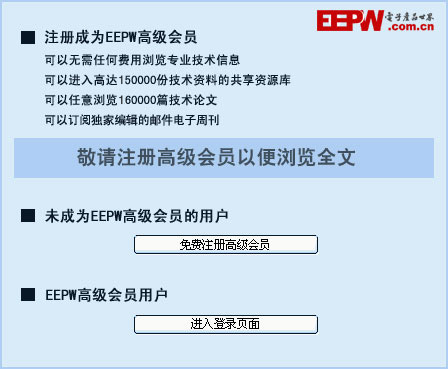LT4180的應用介紹
LT4180的應用介紹
LT4180 Virtual Remote Sense Controller
Background
● Limitations of Remote Voltage Sensing w/ Wires
● Advantages of Virtual Remote Sensing w/o Wires
● Definition
● Features Benefits
● How Does it Work
● How Well Does it Work
● Application Circuits
● Target Markets
● Target Applications
Remote Sense Background
Why Remote Sense?
● Voltage drop (IR Losses) in cables and wiring
● IR losses can cause the regulation at the load to exceed its limit
● Remote sense with 2 wires works but has limitations
Remote Sense Wire Limitations
● Extra wires can be impractical
● Less reliable
● Higher cost
● Not available in 2-wire cables
LT4180: Virtual Remote Sense – What is it?

LT4180: VRS Block Diagram and Waveform

LT4180 Virtual Remote Sense Features
● Tight Load Regulation with Highly Resistive Cables without Requiring Remote Sense Wires
● Compatible with all Conversion Topology’s including Isolated and Non-Isolated Power Supplies
● VIN Range: 3V to 50V
● Wide VOUT Range: 1.21V to 50V
● 5mA Sink Current Capability to Drive Opto-Coupler
● Accurate ±1% Internal Reference Voltage
● Soft-Correct Reduces Turn-On Transients
● Undervoltage and Overvoltage Protection
● Programmable or Synchronizable Dither Frequency
● Optional Spread Spectrum Dither Frequency
LT4180: How Does it Work?
● LT4180 forces a current delta of ±5% of the output current
● Square wave current at a programmable dither frequency
● A decoupling capacitor filters out dither current at the load and is sized for low impedance (AC short)
● at the programmed dither frequency
● This results in a voltage equal to 1/10 the drop in the cable
● The LT4180 adjusts the regulation voltage locally at the regulator output to compensate for the cable drop. This assures tight regulation at the other end of the cable, where the load is.
LT4180 – How Well Does it Work?

LT4180: Typical Buck Application Schematic

LT4180: Typical Isolated Application Schematic

LT4180: Typical Boost (5V-12V) Applications Schematic

LT4180: Package

LT4180 Typical Applications
● CAT5 CAT6 Cable Systems
● Wall Adaptors
● Notebook Computer Power
● Remote Surveillance Equipment
● Halogen Lighting
● Well-Logging
● Remote Instrumentation
● Battery Charging
● PDA’s
LT4180: Conclusion
● LT4180 is a revolutionary new way to compensate for wiring and cable voltage drops
● Limitless applications
● Works with any conversion topology
● Numerous features benefits







評論